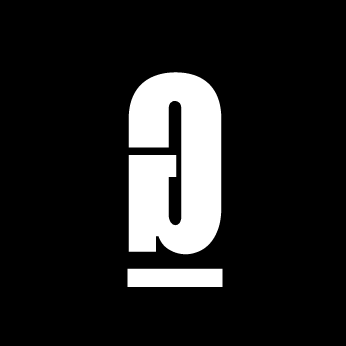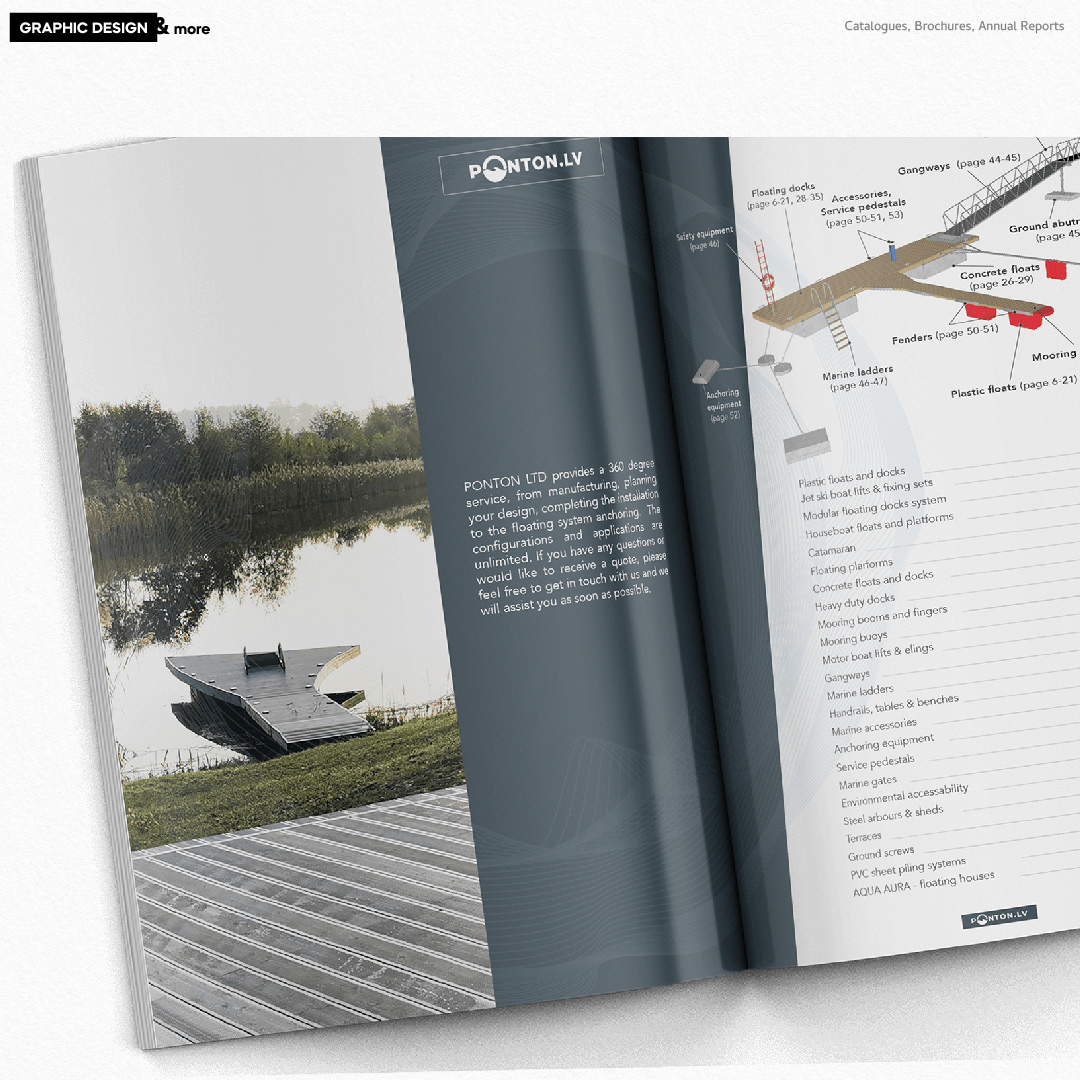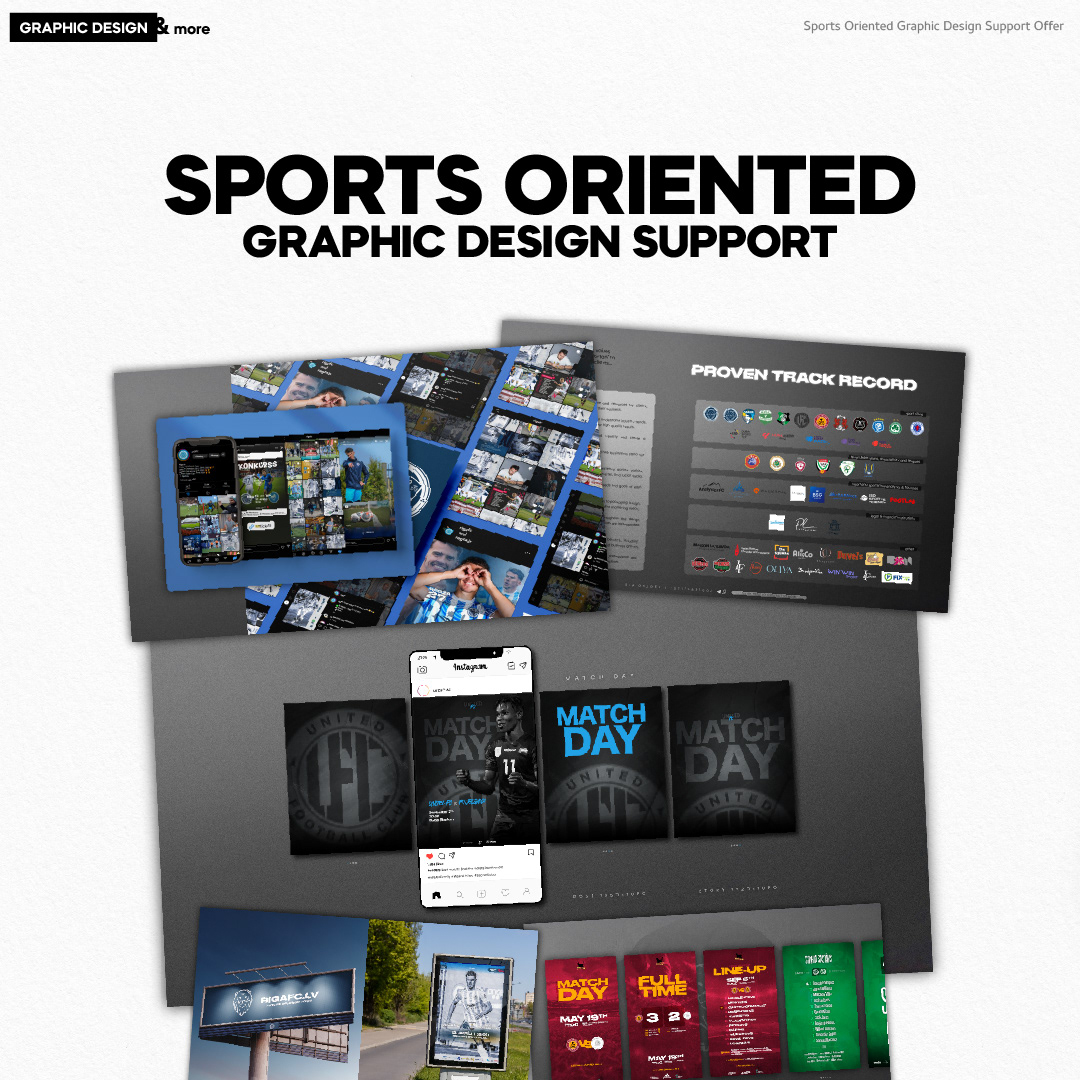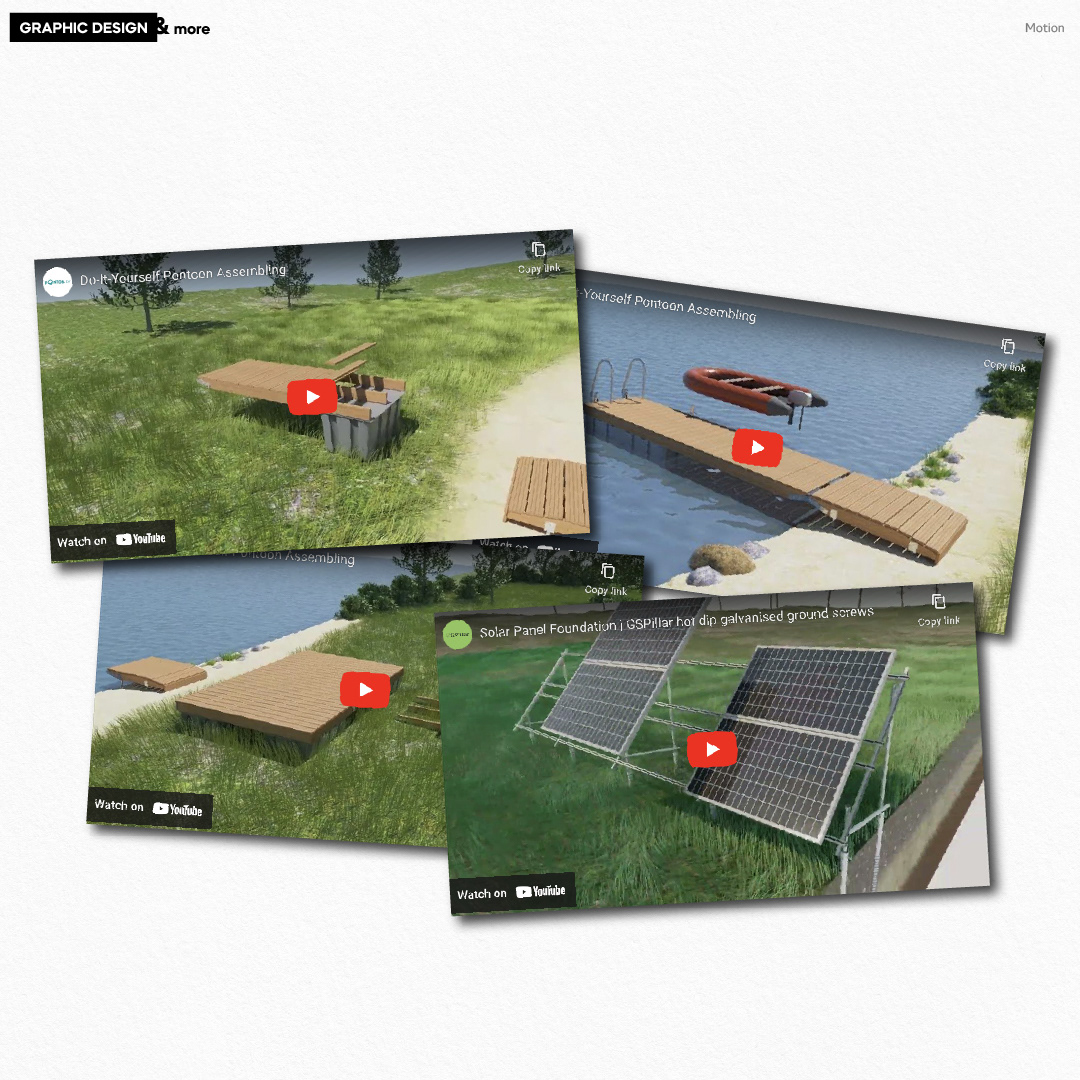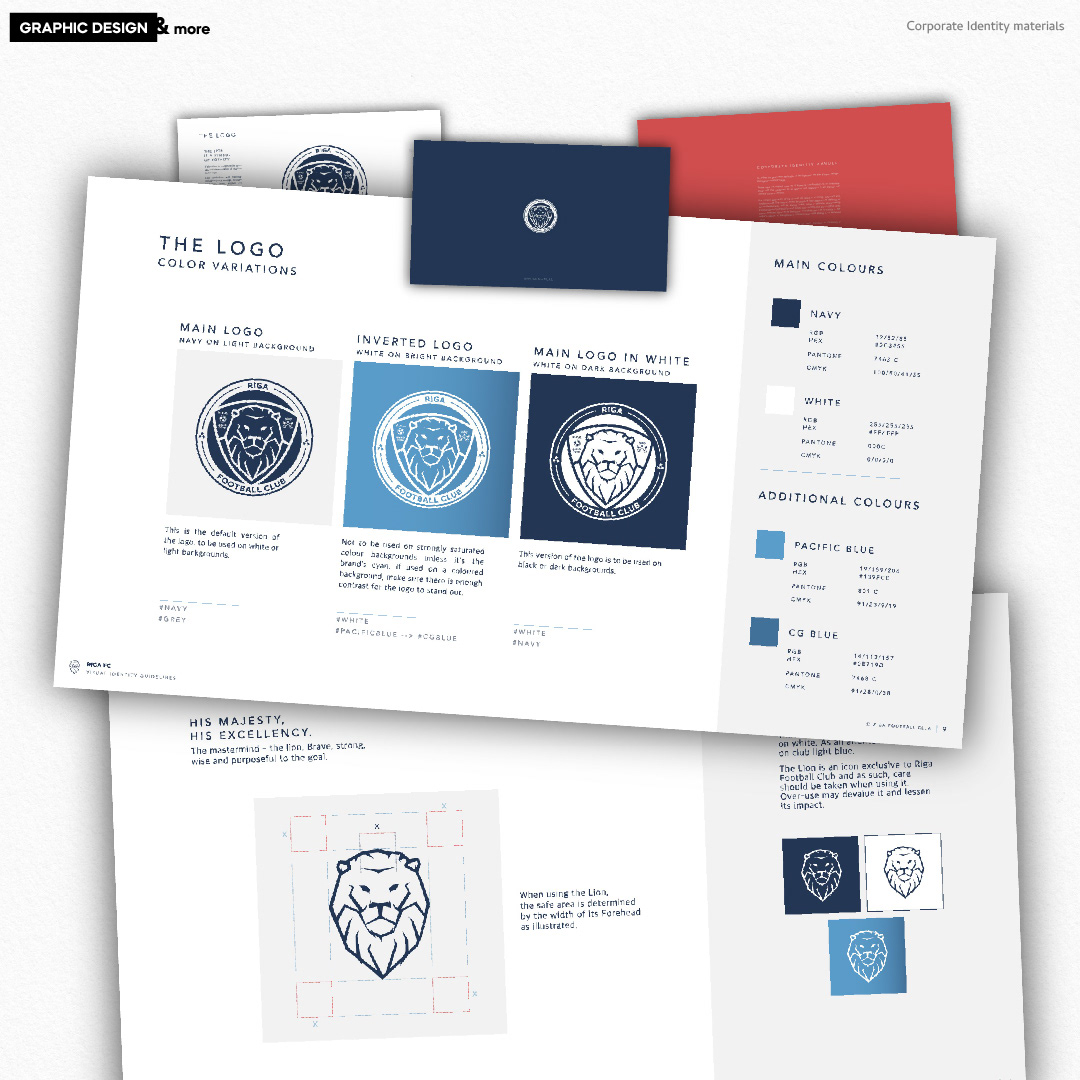Print design involves creating visual materials intended for reproduction on physical media such as paper, cardboard, and fabric. This type of design encompasses a wide range of products, including business cards, brochures, posters, packaging, magazines, and books. Key aspects of print design include the selection of appropriate fonts, colors, images, and layouts to ensure clear and attractive information delivery. It is also essential to consider the technical parameters of printing, such as resolution, color model (CMYK), types of paper, and printing methods. Well-executed print design helps effectively convey a message to the target audience and create a positive impression of the brand or product.
Print design also requires a deep understanding of the production process and post-print finishing techniques such as die-cutting, embossing, laminating, and varnishing. These processes can significantly influence the final appearance and tactile feel of the product, adding uniqueness and enhancing its appeal. It's important to consider environmental aspects as well, opting for eco-friendly materials and printing methods that can positively impact consumer perception of the brand. Modern technologies allow designers to experiment with forms and materials, creating innovative and creative solutions that stand out among competitors. Thus, print design not only facilitates visual communication but also plays a crucial role in creating a high-quality and memorable product.
Modern technologies enable designers not only to create aesthetically appealing products but also to enhance their functionality. For instance, incorporating interactive elements in print design can improve engagement with consumers, adding new layers of interaction and informational value. Additionally, digital printing and personalization open opportunities for tailored approaches to each customer, fostering brand loyalty and enhancing product competitiveness in the market. Thus, the evolution of print design not only keeps pace with the latest technological trends but also adapts to meet the evolving needs and expectations of modern consumers.
Packaging design plays a crucial role in attracting attention and creating a first impression with consumers. It serves not only as an informational medium but also as a powerful marketing tool capable of conveying brand values and eliciting an emotional response from buyers. In the process of creating packaging design, it is essential to consider not only aesthetic aspects such as color palettes and fonts but also functional requirements, including storage convenience, product protection, and informativeness. The success of a product on the market heavily depends on high-quality packaging design, as it shapes consumers' initial perceptions and influences their purchasing decisions. Therefore, a professional approach and attention to detail are paramount in this process.
Successful packaging design not only meets aesthetic and functional requirements but also supports and strengthens the company's brand identity. It helps products stand out among competitors, captures consumer attention, and creates positive associations, ultimately leading to increased sales and enhanced brand reputation in the market. Thus, investments in high-quality packaging design are justified not only for visual appeal but also in achieving business goals and meeting consumer needs.
Ready to solve challenges?
Let’s talk!
